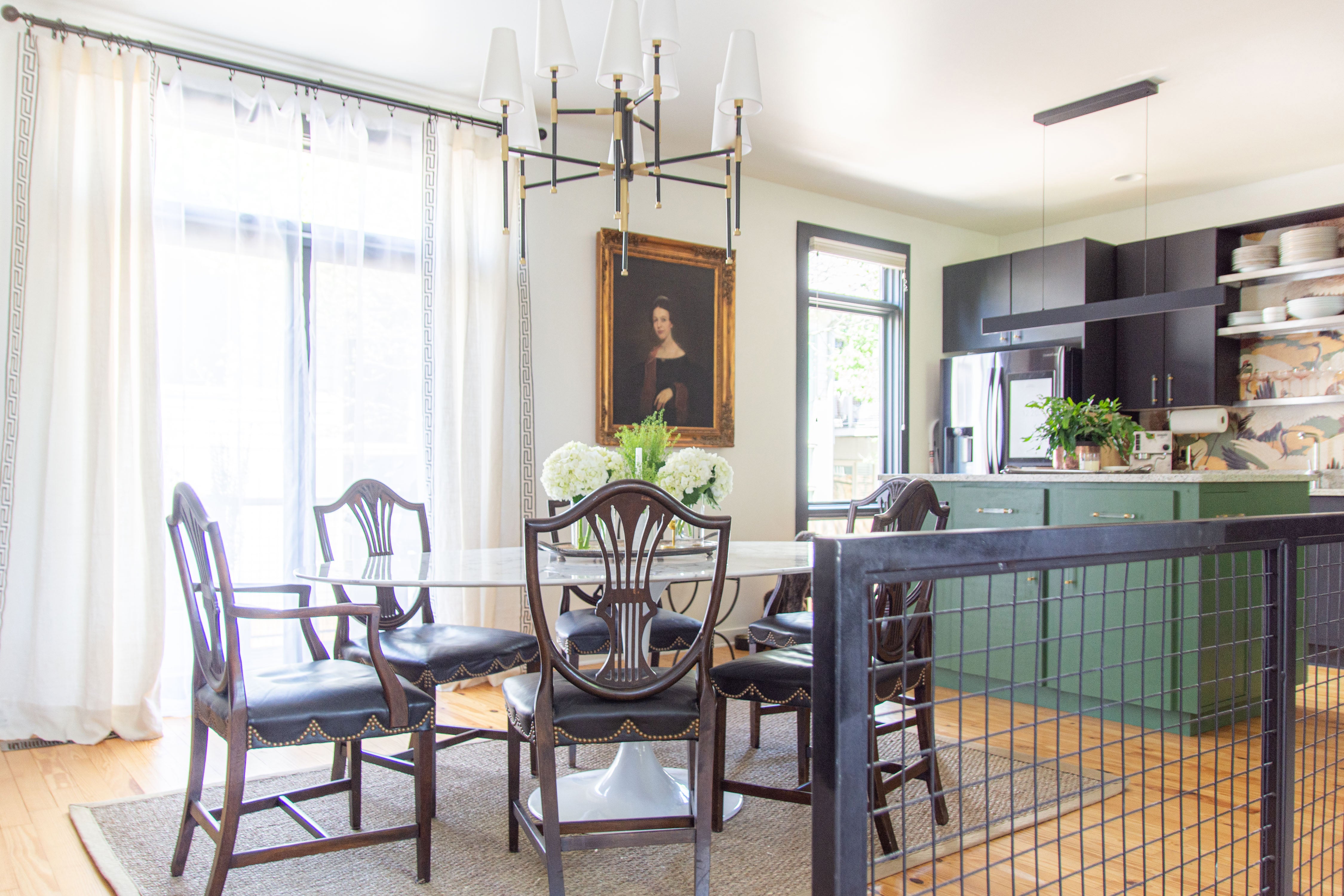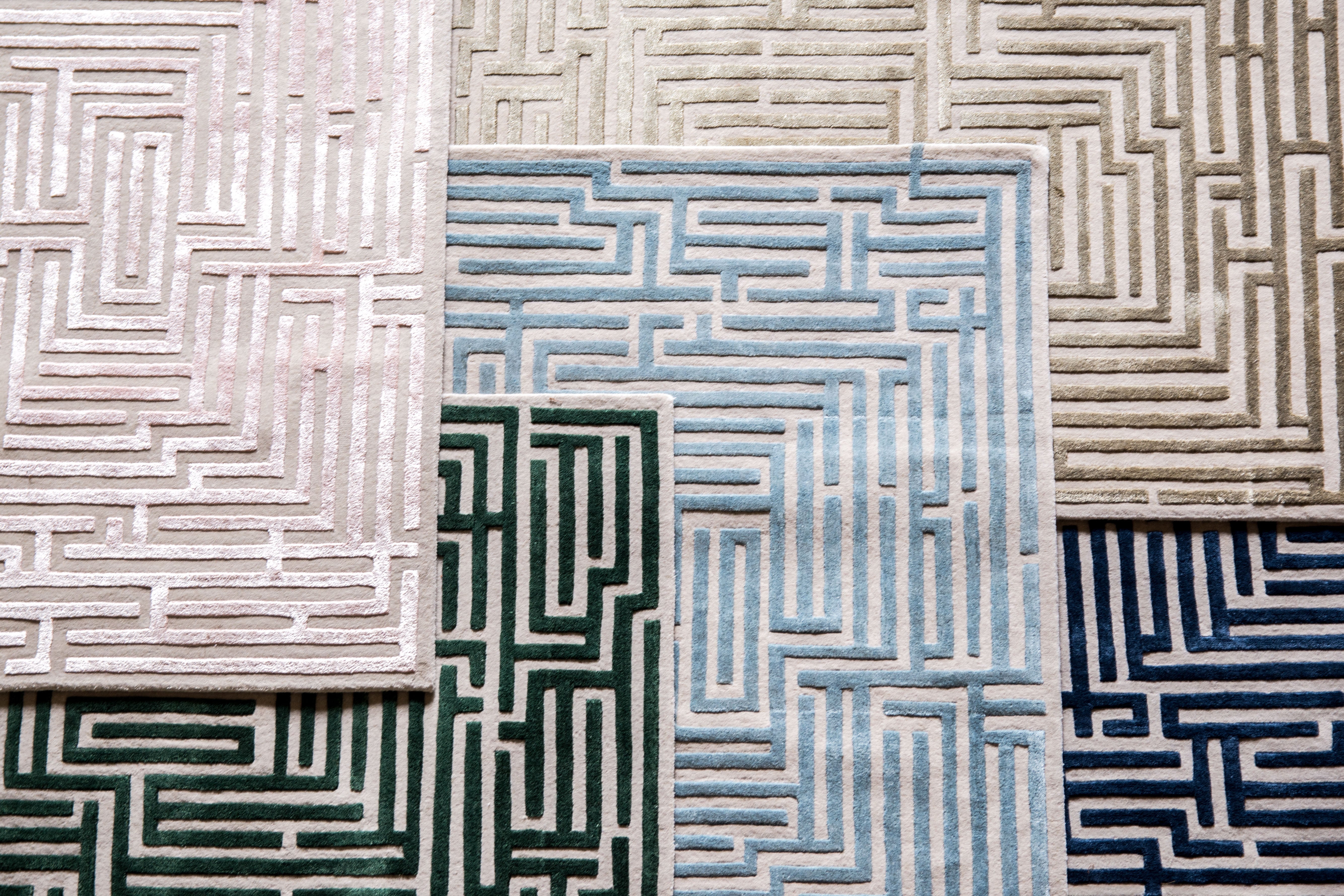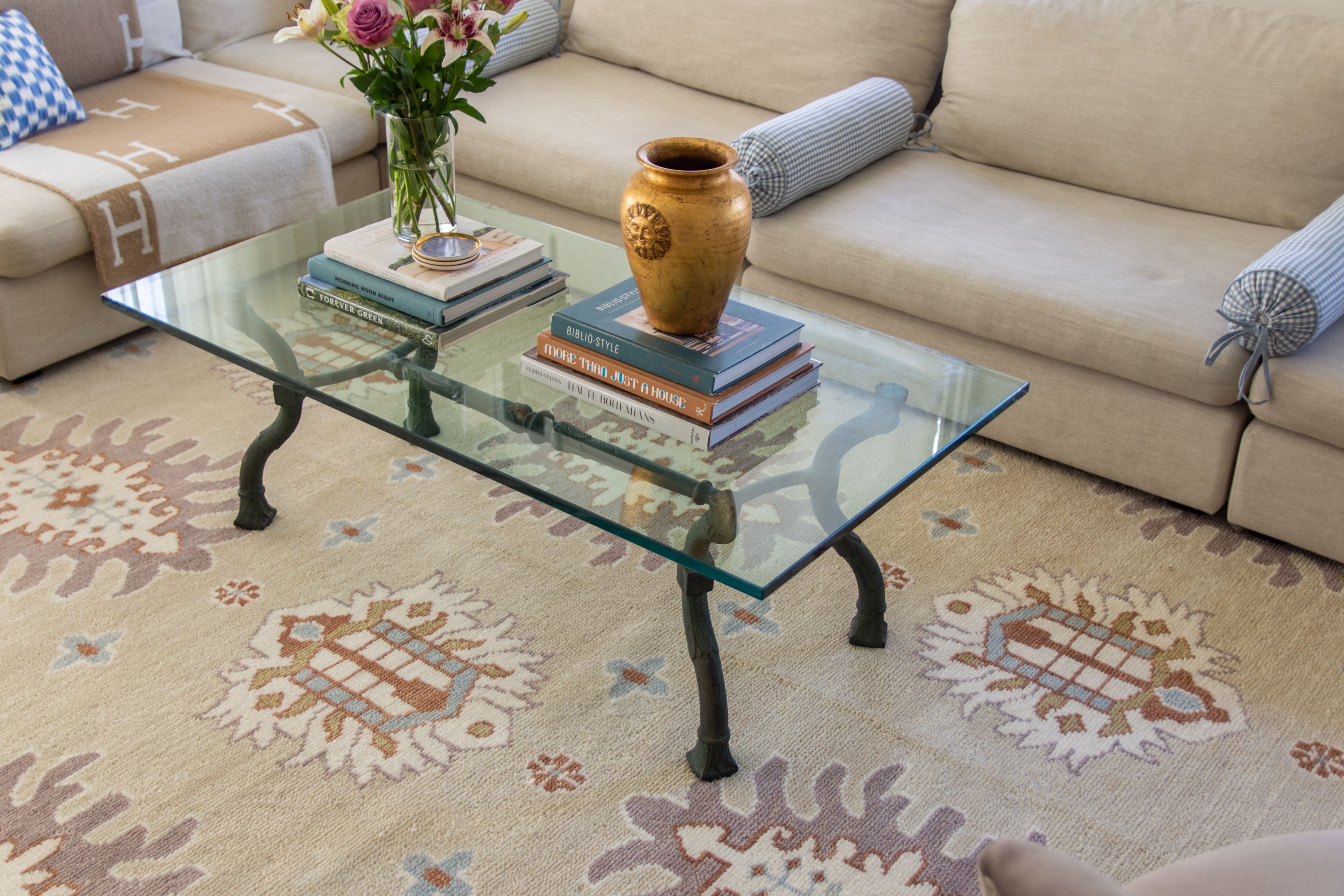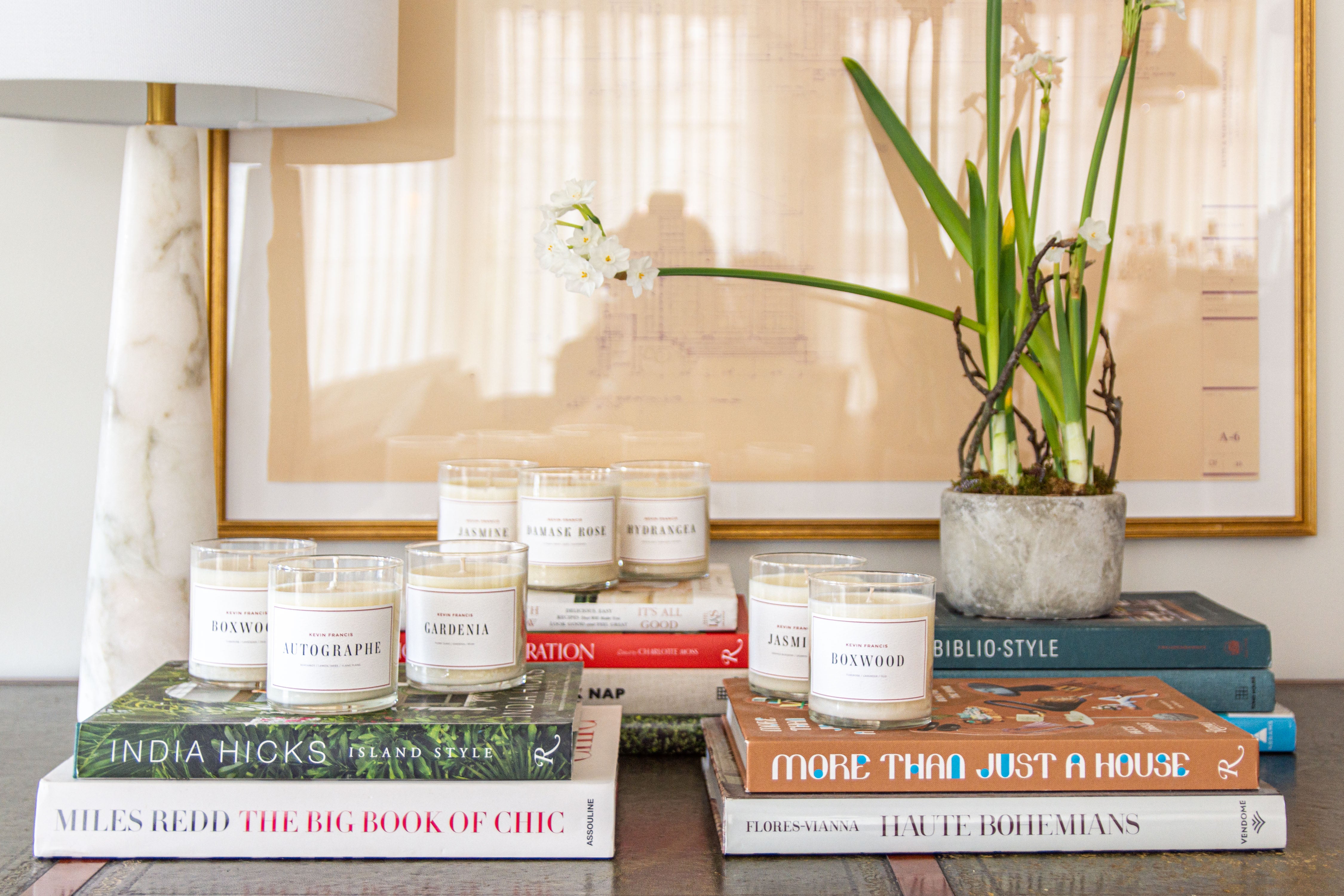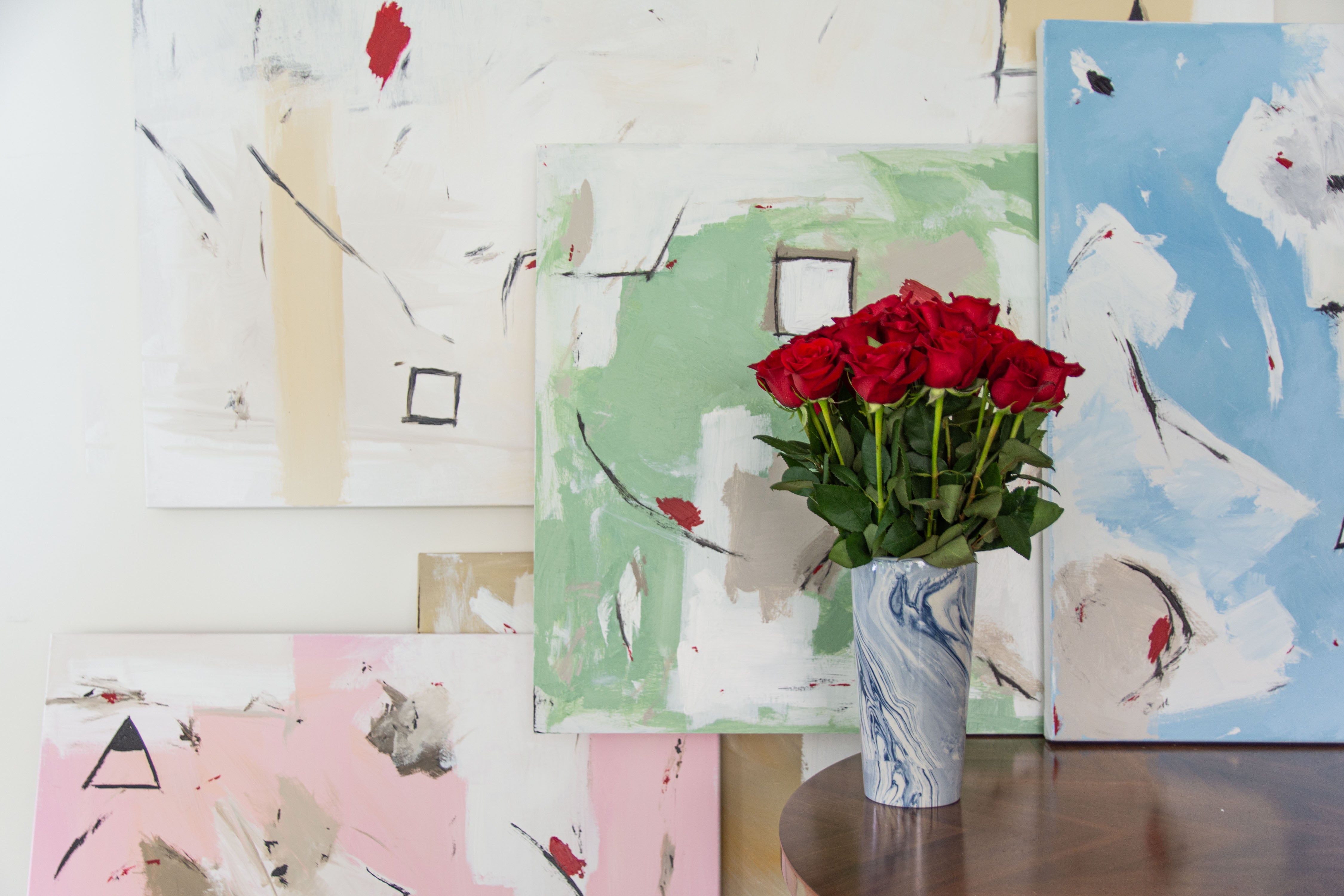Lighting as a Design Element: How to Use Lights to Enhance Your Home's Style and Functionality

Proper lights can transform a space from dull and drab to stunning and sophisticated with just a switch of a button. Often overlooked, lighting as a design element greatly affects your home's style and functionality.
Whether you're redoing an entire room or just looking for a simple update, understanding how to use lights effectively can make all the difference.
Let’s take a closer look at different types of lighting, color temperatures, and specific lighting techniques to help you achieve the perfect ambiance.
The Power of Layered Lighting
Layered lighting is the backbone of any well-lit room. This approach to illumination involves using different types of lighting that work together to create depth and versatility.
Task Lighting
Task lighting is essential for areas where specific activities take place, such as reading, cooking, or studying.
Desk lamps, under-cabinet lights, and pendant lights are probably the best choices for reliable task lighting. No matter which option you choose, they will provide ample lighting for meal prep and add a touch of style to the room.
Task lighting options often come with adjustable brightness levels, ensuring proper illumination without causing glare or eye strain.
Ambient Lighting
Ambient lighting is the primary light source in a room (think ceiling fixtures or recessed lights). This foundational level of lighting ensures that your space is uniformly illuminated.
However, bear in mind that ambient lighting should not be too harsh. To avoid that, consider dimmable options to adjust the brightness according to the time of day or activity.
The Allure of Accent Lighting
Accent lighting is where you can get creative. This approach to illuminating rooms emphasizes specific elements like artwork, architectural features, or even indoor plants.
Spotlights and Uplights
Use spotlights to highlight art pieces or family photos on walls. You can also use uplights to illuminate tall plants or structural columns, adding character and depth to your space.
LED strips are an increasingly popular trend in this niche. Unlike traditional solutions, they can be discreetly installed to create a subtle, modern glow underneath cabinets, along staircases, or even behind bespoke furniture from quality brands like Serena & Lily.
Color Temperature
Choosing the right color temperature can drastically affect the mood of a room.
- Warm light (2700-3000K) gives a cozy, inviting feel, making it ideal for living rooms or bedrooms.
- Cool light (4000-5000K) is better for areas where attention to detail is required, such as kitchens or workspaces.
Balancing different color temperatures can create the perfect ambiance while ensuring functionality.
Natural Light
While artificial lighting plays a crucial role, don’t underestimate the sun's power. Properly controlled natural illumination can dramatically improve your room's appearance and atmosphere.
Windows and Skylights
Get as much natural light into your home as possible by using large windows or installing skylights. If privacy is a concern, consider options like frosted glass or sheer, light-filtering curtains.
Mirrored surfaces and light-colored walls can help reflect natural light, making rooms appear brighter and more spacious.
Light-Adjusting Solutions
Use window treatments like blinds or shades to control the amount of natural light and prevent glare. Smart windows can even be programmed to adjust throughout the day, providing the perfect balance of natural and artificial light.
Combining these treatments with a well-thought-out lighting plan can make your home feel more inviting and comfortable.
What Fixtures Should I Choose?
Different fixtures bring different vibes to a room. The style and placement of your light fixtures can significantly influence the room's overall aesthetic and functionality.
|
Chandeliers and Pendant Lights |
Chandeliers are perfect for adding drama and elegance to dining rooms or entryways. Pendant lights are versatile and can be used in various settings, from kitchens to reading nooks.
When choosing fixtures, consider the ceiling height and the room's scale to ensure that your selection enhances rather than overwhelms the space. |
|
Floor Lamps and Table Lamps |
Floor and table lamps provide functional and accent lighting while adding a touch of style. They are incredibly versatile and can be moved around to suit your needs.
Choose lamps with adjustable features to direct light exactly where you need it, perfect for reading or creating cozy corners within a room. |
Conclusion
Illumination is more than just a functional necessity. Lighting as a design element can define the style and functionality of your home.
Once you understand the different types of lighting and how to layer them effectively, you can create spaces that are both beautiful and practical.
From ambient to accent lighting to natural light, your options are endless. So, don’t let your home stay in the dark - illuminate it with carefully chosen lights that reflect your style and meet your needs!





